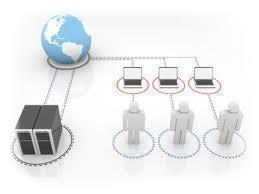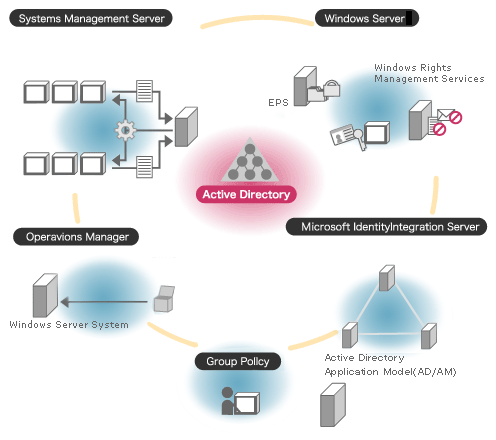Managing Exchange Server Mailboxes
Management Tools for Administering Exchange Server The Active Directory Users and Computers Management Console The Active Directory Users and Computers snap-in is extended to support the management of mailbox configurations and settings. The Active Directory Users and Computers management console is the central tool used for creating and managing user account and computer account objects …










